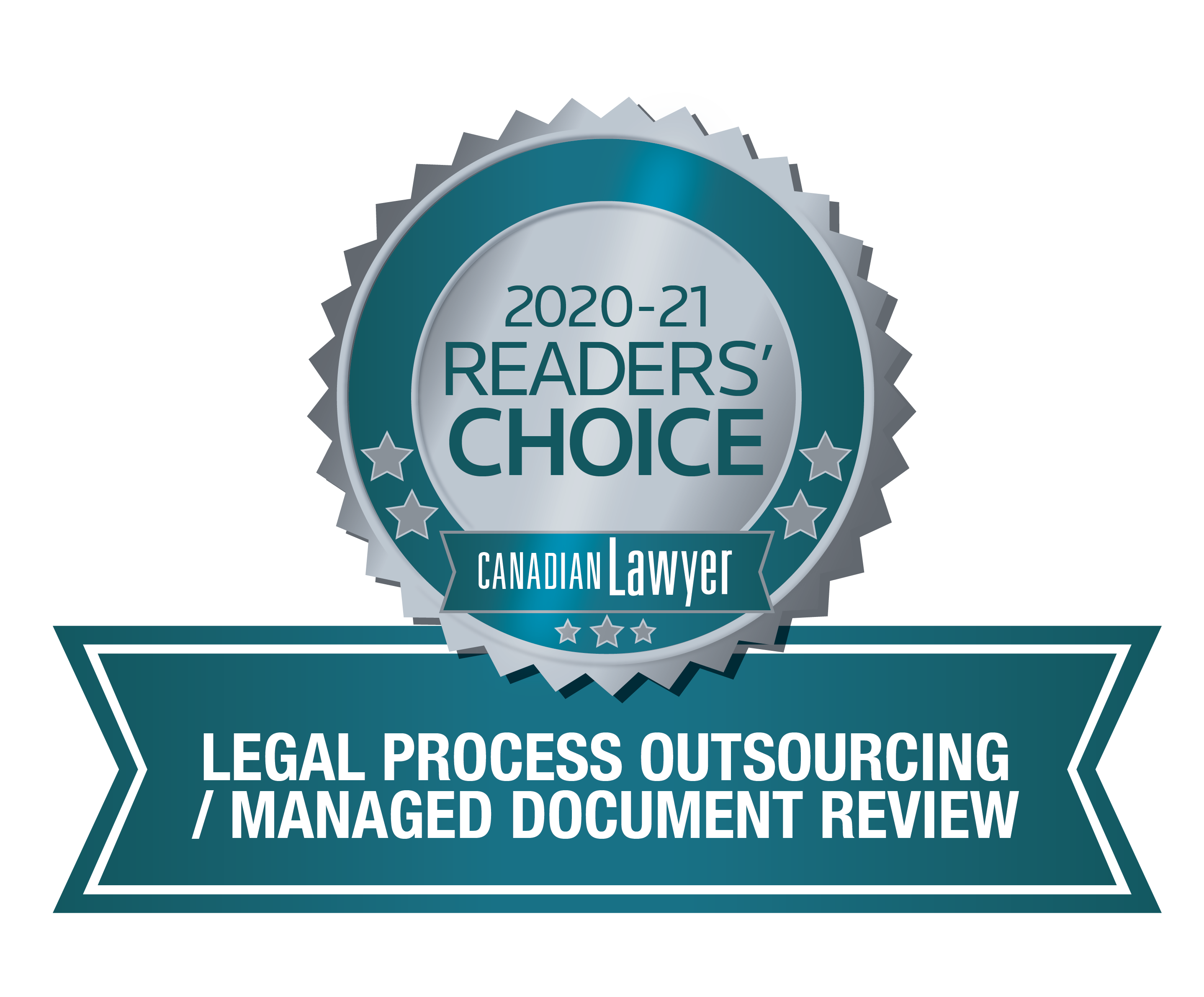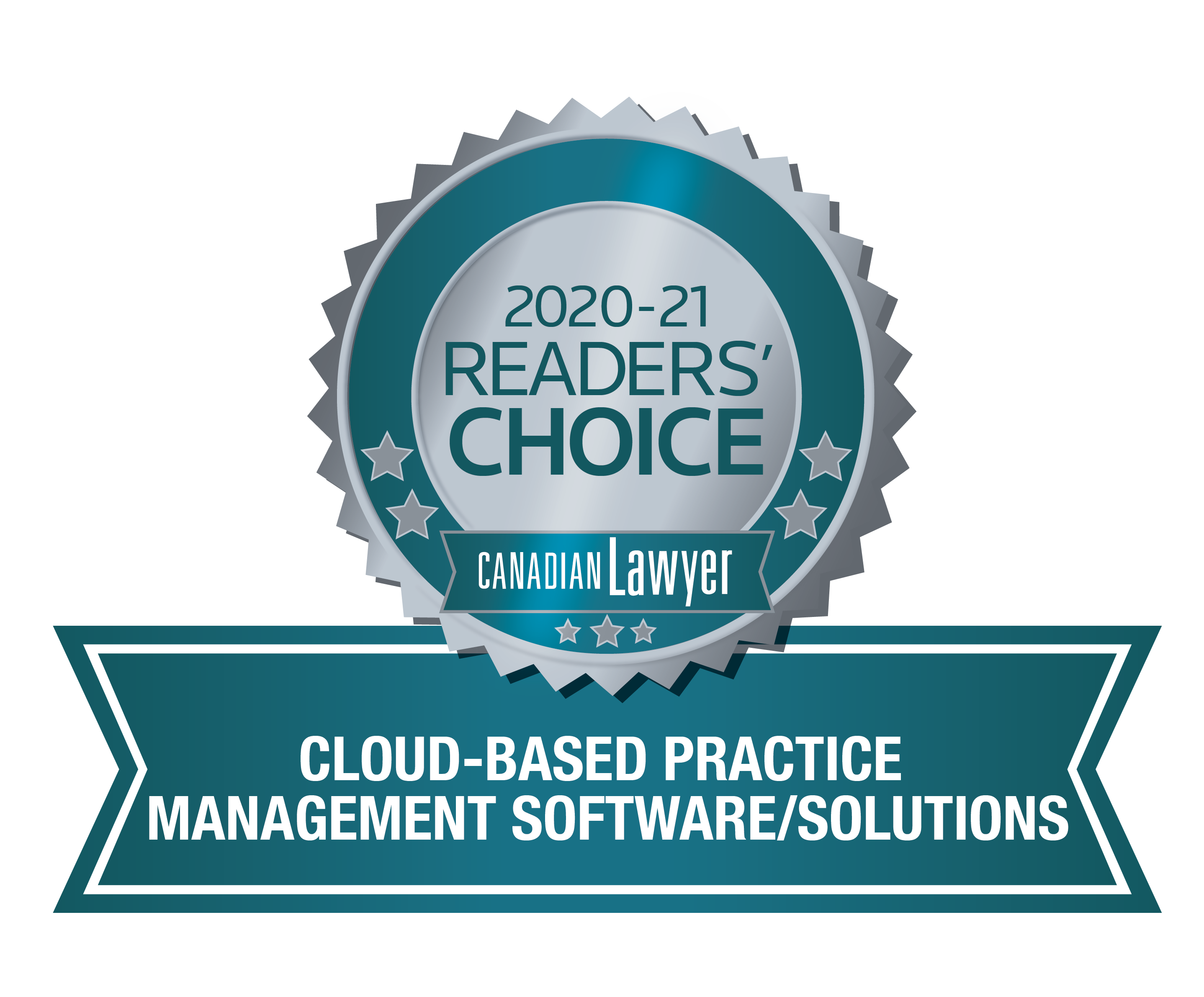
During the course of the 500-day-long U.S. Presidential Election campaign, there has been a great amount of discussion and concern surrounding the review of Hillary Clinton’s emails. Most recently, James Comey, the Director of the Federal Bureau of Investigation, sent a letter to Congress indicating that the FBI had “reviewed” all 650,000 documents contained on a newly-discovered laptop owned by Huma Abedin, a close aide to Hillary Clinton.
There was significant response from both the media and some politicians stating that it would be impossible to review such a large volume of data in such a short period of time. Of course, this is incorrect and several eDiscovery professionals were quick to point that out.
There are a multitude of tools available to those seeking to comb through a large amount of data and bring to the forefront those documents that are likely relevant. Using the eDiscovery technology we have at our disposal, one – literally one – person could employ technology assisted review (TAR), deduplication, email threading, and concept searching to sort the significant from the insignificant in those 650,000 documents within hours of the data being loaded into a software platform.
Commentators asked how it could take the FBI so long to review the first tranche of Clinton email, but not this new tranche. The answer to that could be any number of reasons: the 650,000 were mostly duplicates of what was previously collected; 649,999 of the emails were a birthday party invitation accidentally re-emailed 649,998 times; or all 650,000 had absolutely nothing to do with Hillary Clinton. It’s hard to know exactly what the situation was.
By combining the human understanding of an issue, with objective, advanced analytical software, a person – again, literally one person – can review, analyze, and categorize in a few days what might have taken huge teams of lawyers weeks, if not months, to do in years past. We no longer need to read every document to understand the totality of the data.
This fundamental shift in the way we approach mass data is here, and it will forever change the way we view what is possible and what is not possible.
We are in a visual moment of Buckminster Fuller’s knowledge doubling curve. Our technological growth is exponential and happens so quickly now you can almost see it. In 1900, human knowledge doubled approximately every century, then in 1945 after World War II, it was doubling every 25 years. Now, our knowledge is doubling approximately every 12 months, if not faster. For example, your smartphone today has more power than your first laptop did 10 years ago, which in turn had more power than the supercomputer built 10 years before the laptop.
So yes, we can review 650,000 documents in eight days, and we can do it well.
The Clinton emails remind us that time is of the essence and that every document review should be treated with a mindful view towards efficiency.








